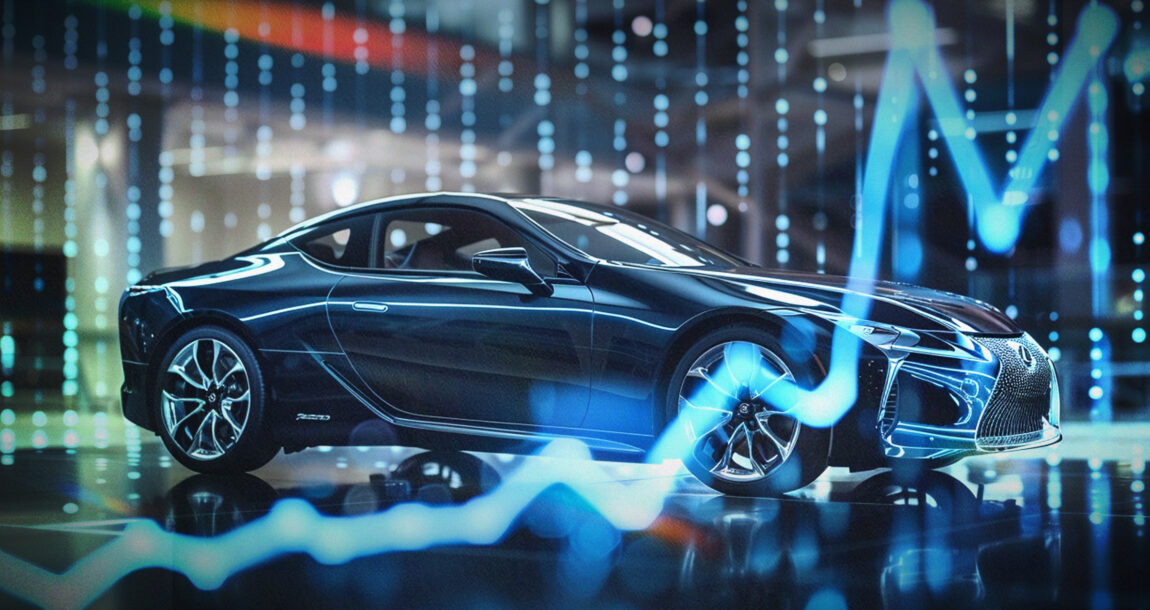What’s causing rate hikes in auto insurance?

The estimated 20% spike in auto insurance rates over the past year is impacting insurance agents significantly, as they are scrambling to retain clients who are reeling from these higher costs. Agents also want to bring in new customers, who understandably wish to test the market and get the most favorable and cost-effective coverage.

A confluence of factors – indeed, a perfect storm of causes – has resulted in the current market conditions. These conditions have involved large rate increases for some driver classifications in various states and perhaps even occasional insurance availability problems. Some of the underlying forces are not immediately apparent to the retail customer – but those factors may be having at least as much of an impact on these rate increases as those that are more clearly visible and widely discussed.
Some of the well-recognized causes of recent auto insurance rate increases include:
- Cars are getting more expensive to buy and repair. The supply chain disruptions that began during COVID-19 have caused the cost of autos to rise due to decreased supply and increased demand. The higher the price of the car, the more costly it is to insure. And the additional technological sophistication of vehicles has caused expected repair costs to increase substantially because of more advanced electronic and safety features, as well as newer manufacturing processes that often necessitate the replacement of a larger section of the vehicle rather than one failed or damaged component.
- Distracted driving is an ongoing and evolving phenomenon. This was increasing even before the pandemic, with distracted driving (think texting, emailing, fiddling with the GPS) accounting for about 8% to 9% of fatal accidents in the U.S. Post-pandemic. U.S. drivers are now more likely to speed, drive while impaired and drive without a seatbelt. All this led to an 18% increase in traffic fatalities between 2019 and 2022, and these numbers remain stubbornly high.
But those causes are only part of the story. Some of the less generally recognized factors contributing to recent auto insurance rate increases include:
- The cyclical nature of the insurance business itself is an important contextual factor in recent rate hikes. During 2022 and into 2023, auto insurers had large underwriting losses, which is causing them to now increase rates and rate adequacy to more sustainable levels. This permits operating results that are more consistent with the return on investment demanded by insurers’ owners.
Property/casualty insurers often experience this phenomenon – a multi-year cycle that progresses from high rates (and better insurer operating results) to lower rates (accompanied by worse insurer operating results) and back again. Competition among traditional insurers partially drives the cycle, along with alternative risk management mechanisms that compete with traditional insurance (such as self-insurance and, recently, new fintech and insurtech organizations entering the marketplace).
- Social inflation, which recognizes that insurer costs increase at a rate higher than general overall inflation, is another driver of escalating auto insurance prices. This effect is largely caused by a general movement toward a more litigious society, with greater tendencies to sue in the event of an accident. Civil courts are granting more frequent and larger tort awards, which compensate accident victims for physical and financial, as well as emotional, losses.
- The pandemic was accompanied by a retrenchment in auto insurance premiums. Because of decreases in miles driven during the COVID-19 shutdowns, many insurers returned part of the premium to policyholders. Auto insurance inflation between 2014 and 2017 was constant, at about 7% per year. During the next four years, 2018-2021, there was very little or no growth – overall, perhaps 1% per year. Over the last two years, we have seen large increases in the mid- and-upper-teen percents per year. If auto insurance prices had continued to grow at a regular 6% or 7% per year after 2017, then pricewise, we would be right about where we are now!
Your clients are likely reeling from sticker shock and might want to shop around for better rates. Bundling policies such as homeowners’ insurance with an auto policy can offer some relief. Finding “safe driving” or other discounts can be helpful. And higher deductibles may be beneficial to those who can absorb a larger out-of-pocket cost.
However, there is potential good news. Some signs suggest that auto insurance rates may soon stabilize – which would be consistent with a typical underwriting cycle!
© Entire contents copyright 2024 by InsuranceNewsNet.com Inc. All rights reserved. No part of this article may be reprinted without the expressed written consent from InsuranceNewsNet.com.





DOL may review ‘derisking’ pension risk transfers, says congressional report
Building Connections: 2024 MDRT Annual Meeting recap
Advisor News
- Americans increasingly worried about new tariffs, worsening inflation
- As tariffs roil market, separate ‘signal from the noise’
- Investors worried about outliving assets
- Essential insights a financial advisor needs to grow their practice
- Goldman Sachs survey identifies top threats to insurer investments
More Advisor NewsAnnuity News
- AM Best Comments on the Credit Ratings of Talcott Financial Group Ltd.’s Subsidiaries Following Announced Reinsurance Transaction With Japan Post Insurance Co., Ltd.
- Globe Life Inc. (NYSE: GL) is a Stock Spotlight on 4/1
- Sammons Financial Group “Goes Digital” in Annuity Transfers
- Somerset Reinsurance Announces the Appointment of Danish Iqbal as CEO
- Majesco Announces Participation in LIMRA 2025: Showcasing Cutting-Edge Innovations in Insurance Technology
More Annuity NewsHealth/Employee Benefits News
- Thousands of Missouri construction workers with Anthem health insurance left scrambling
- Don't let death penalty turn Luigi Mangione into a martyr
- More than 5M could lose Medicaid coverage if feds impose work requirements
- Don't make Mangione a martyr
- Boston Herald: Don’t make Luigi Mangione a martyr
More Health/Employee Benefits NewsLife Insurance News
- 2024 ModeSlavery Report (bpcc modeslavery report 2024 en final)
- Exemption Application under Investment Company Act (Form 40-APP/A)
- Annual Report 2024
- Revised Proxy Soliciting Materials (Form DEFR14A)
- Proxy Statement (Form DEF 14A)
More Life Insurance News